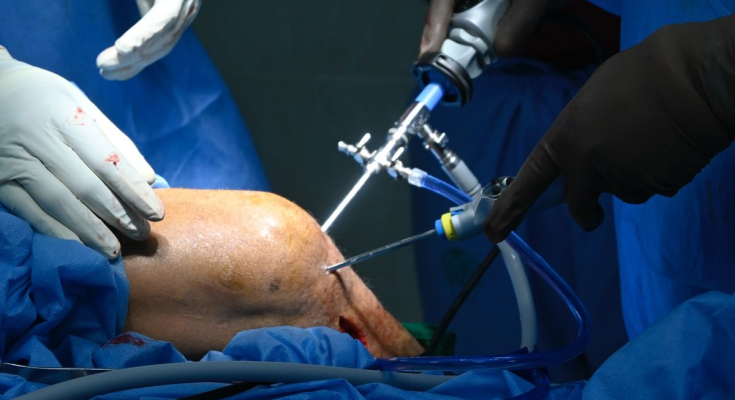Orthopedic surgery often involves repairing bones that have been damaged by trauma, disease, or congenital defects. One of the most effective techniques in modern orthopedic care is bone grafting. This procedure helps restore bone function, strength, and structure, allowing patients to regain mobility and improve overall quality of life. Bone grafting has become a cornerstone in complex surgeries, offering solutions that were once impossible.
Bone Grafting as a Key Orthopedic Solution
Bone grafting involves transplanting bone tissue to repair or rebuild damaged bones. Surgeons may use the patient’s own bone, donor bone, or synthetic materials. This procedure is particularly useful in cases of fractures that do not heal properly or in spinal fusion surgeries. Bone grafting promotes natural bone growth by providing a scaffold that encourages cells to regenerate. This technique has transformed orthopedic care, allowing patients to recover more quickly and with greater confidence.
Enhanced Healing Through Bone Grafting
One major benefit of bone grafting is the accelerated healing it offers. By supplying a supportive structure, the graft encourages new bone cells to grow efficiently. This is especially critical in patients with weakened bones or complex fractures. Healing times are often reduced compared to relying solely on the body’s natural repair mechanisms. The bone grafting ensures that recovery is not only faster but also more stable, reducing the risk of complications that can arise from incomplete bone healing.
Bone Grafting for Improved Structural Support
In orthopedic surgeries, maintaining bone integrity is essential. Bone grafting provides the structural support necessary to stabilize weakened areas. This is particularly important in load-bearing bones such as the spine, hips, and legs. Without this support, patients may face long-term mobility issues or recurrent fractures. The graft acts as a durable framework, allowing the bone to regain strength over time. Bone grafting, therefore, is not just a repair technique—it is a foundational solution for lasting orthopedic stability.
Bone Grafting and Pain Reduction
Persistent pain can accompany bone damage or degenerative conditions. Bone grafting addresses this by restoring proper bone alignment and strength, which reduces pressure on surrounding tissues. Patients often report significant pain relief after the procedure, allowing them to resume daily activities without discomfort. By supporting natural bone function, bone grafting contributes directly to improved patient comfort and long-term joint health.
Bone Grafting in Complex Fracture Management
Complex fractures or bone defects pose a significant challenge for orthopedic surgeons. Bone grafting provides a reliable method to fill gaps and ensure proper healing. In cases where conventional treatment might fail, the graft offers a predictable path to recovery. Surgeons can reshape or augment bone using grafts, improving outcomes for even the most complicated injuries. Bone grafting has become indispensable in managing fractures that would otherwise leave patients with permanent limitations.
Bone Grafting and Long-Term Mobility
Beyond immediate healing, bone grafting supports long-term mobility and function. By ensuring that bones heal properly and regain strength, patients are less likely to experience future complications. This is particularly valuable for active individuals or older adults who face increased fracture risks. Bone grafting helps maintain independence and enhances overall quality of life by allowing patients to move confidently.
Conclusion
Bone grafting in orthopedic surgery offers numerous benefits, from accelerated healing and structural support to pain reduction and improved mobility. It is a versatile procedure that addresses complex fractures and degenerative bone conditions with remarkable effectiveness. By facilitating natural bone regeneration, bone grafting not only repairs damage but also strengthens the body for the future.




